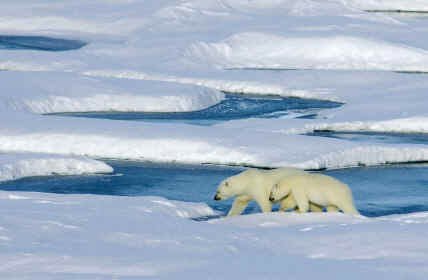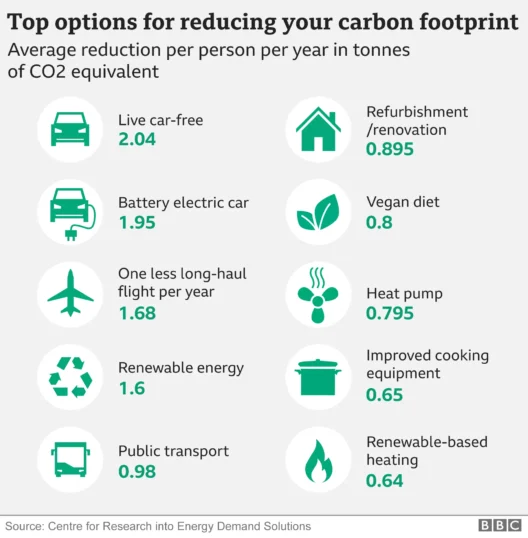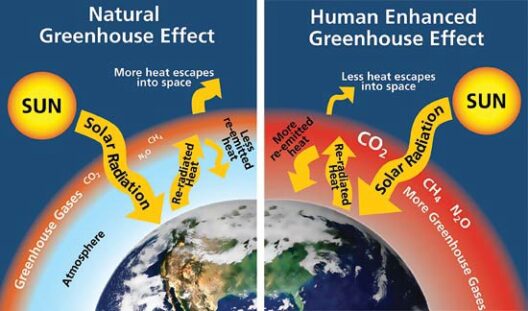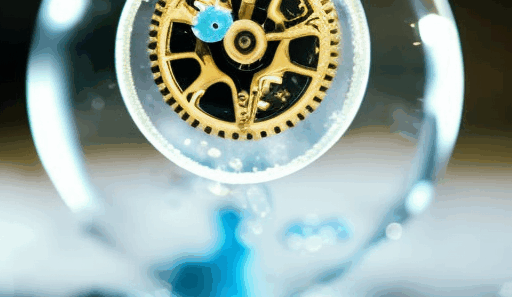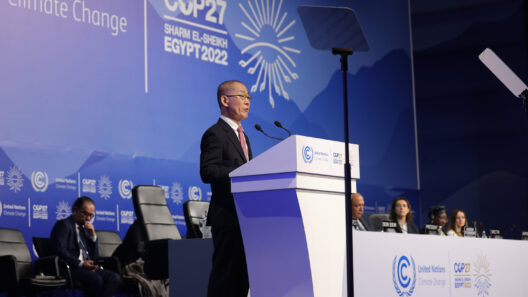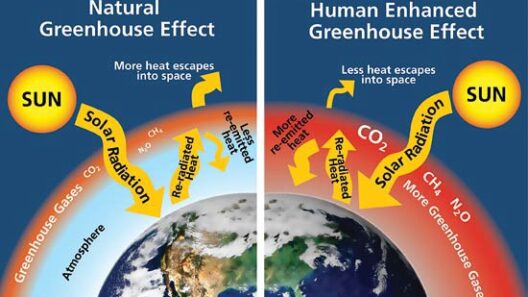How can polar bears survive global warming? Adaptation and conservation efforts
The polar bear, an emblematic species of the Arctic ecosystem, faces unprecedented challenges due to global warming. With rising temperatures resulting in melting ice and altering habitats, one must ponder: how can these magnificent creatures adapt and survive in a rapidly changing environment? The answer lies at the intersection of natural adaptation strategies and comprehensive conservation efforts. This exploration of both adaptation mechanisms and human-led initiatives reveals intricate solutions to a multifaceted issue.
1. The Dire Consequences of Climate Change
As global temperatures rise, the consequences for polar bears are dire. Their primary habitat, sea ice, is diminishing at an alarming rate. This loss of sea ice not only impacts their ability to hunt seals, which constitute a significant portion of their diet, but also threatens their reproductive success and overall survival. As the ice retreats, polar bears are forced to travel greater distances to find food, leading to increased energy expenditure and, ultimately, nutritional stress.
2. Natural Adaptation Strategies
Despite these challenges, polar bears exhibit remarkable adaptability. Studies have shown that these bears can alter their foraging strategies in response to changing conditions. For instance, in areas where traditional hunting grounds become inaccessible, they may turn to alternative food sources, such as birds’ eggs or even scavenging on carcasses left by other predators. This flexibility in diet is crucial for survival; however, it is not a panacea. Nutritional deficiencies could still arise if primary food sources remain elusive.
Moreover, polar bears are also adapting behaviorally. Researchers have observed changes in their mating patterns and community dynamics. As ice becomes less stable, polar bears may forage more frequently on land, resulting in increased encounters between individuals. Such adjustments highlight the bear’s inherent resilience but raise questions regarding competition for resources and the long-term impacts on genetic diversity.
3. Enhancing Conservation Efforts
While natural adaptation offers some hope, it is imperative to supplement these efforts with robust conservation measures. Today, several organizations and communities are dedicated to polar bear conservation, employing a multifaceted approach to mitigate the impacts of climate change.
One vital initiative is the establishment of protected areas. By creating designated marine protected zones, conservationists aim to safeguard critical habitats essential for hunting and breeding. These regions serve as safe havens where polar bears can thrive without the encroachments of human activity. Furthermore, regulating shipping routes and fisheries in these areas helps reduce disturbances and preserve the ecological integrity of their environments.
4. Community Involvement and Indigenous Knowledge
Engaging local communities, particularly indigenous populations, is another crucial aspect of conservation. These communities possess invaluable traditional ecological knowledge that can inform effective conservation strategies. By collaborating with indigenous groups, conservationists enhance their understanding of bear behaviors, migration patterns, and the overall health of the ecosystem. Such partnerships empower local people to become stewards of their environment, fostering a sense of responsibility and care for polar bears and their habitats.
5. Research and Future Insights
Ongoing research is fundamental to understanding the evolving dynamics of polar bear populations in a warming world. By utilizing advanced technologies, such as satellite tracking and genetic analysis, scientists can gain insights into bear movements, health metrics, and reproductive success. This data is critical for developing adaptive management plans, ensuring that actionable steps can be taken in real-time as circumstances change.
Additionally, educating the public about the plight of polar bears fosters a broader awareness of environmental issues. Awareness campaigns targeting climate change’s impact on polar bears can galvanize support for sustainability initiatives and inspire individuals to reduce their carbon footprints.
6. Climate Action and Global Policies
Ultimately, climate action on a global scale is essential for the survival of polar bears. Individual and collective efforts to reduce greenhouse gas emissions can significantly impact the trajectory of global warming. Governments must commit to international agreements aimed at limiting temperature increases and protecting vulnerable ecosystems. Advocacy for renewable energy sources and sustainable practices can facilitate this transition while ensuring economic growth and development.
7. Conclusion: A Collective Responsibility
The survival of polar bears in the face of global warming hinges on a multifaceted approach that combines natural adaptation mechanisms and dedicated conservation efforts. While these magnificent creatures display an astonishing resilience, the imperative for human intervention cannot be overstated. It calls for collective responsibility—governments, communities, and individuals alike must unite in their actions and advocate for sustainable practices. Only through such collaboration can we ensure that future generations continue to witness the awe-inspiring presence of polar bears in their natural habitat. In this era of climate crisis, the question remains: will we heed the call to action before it is too late?



